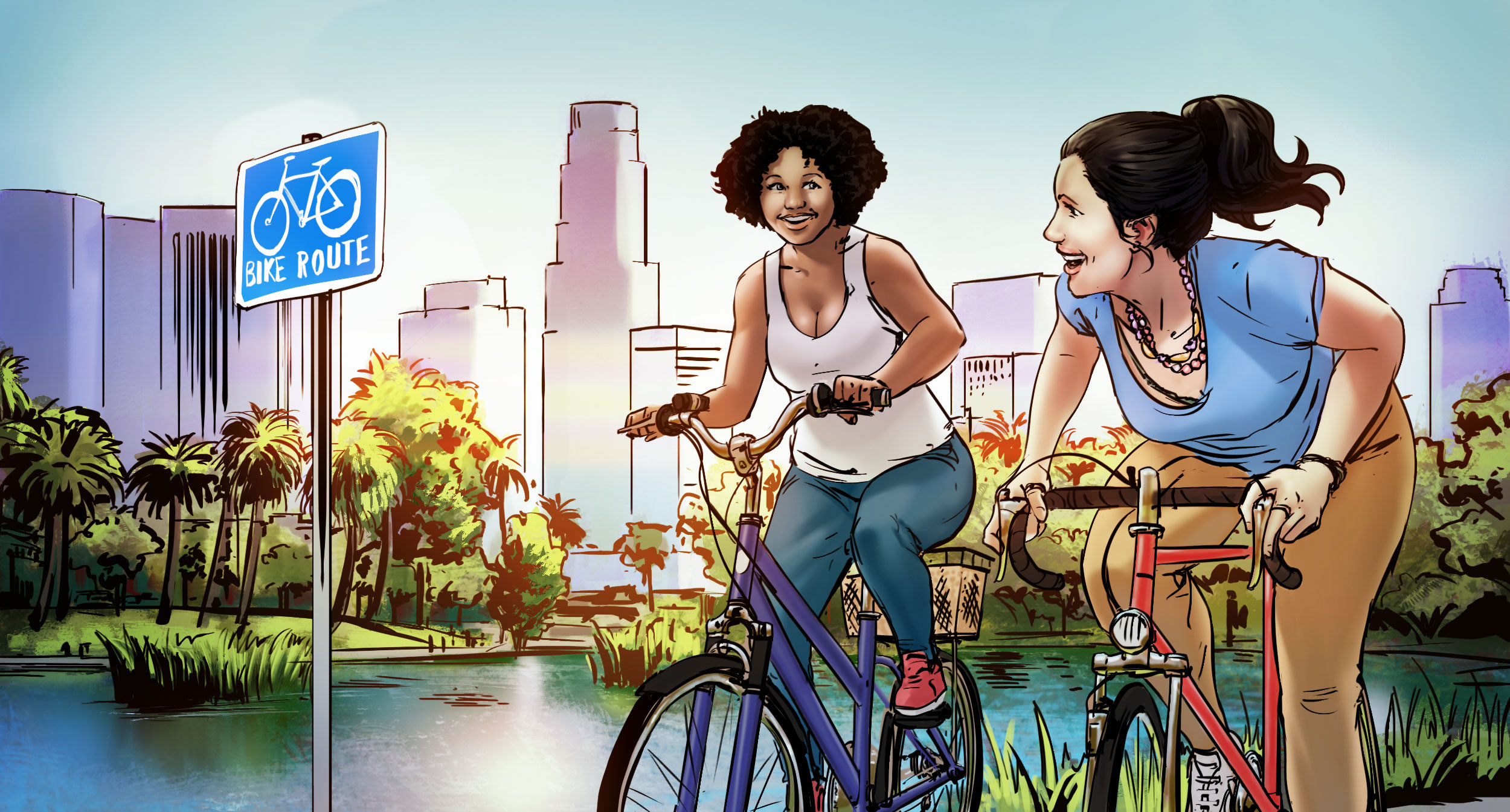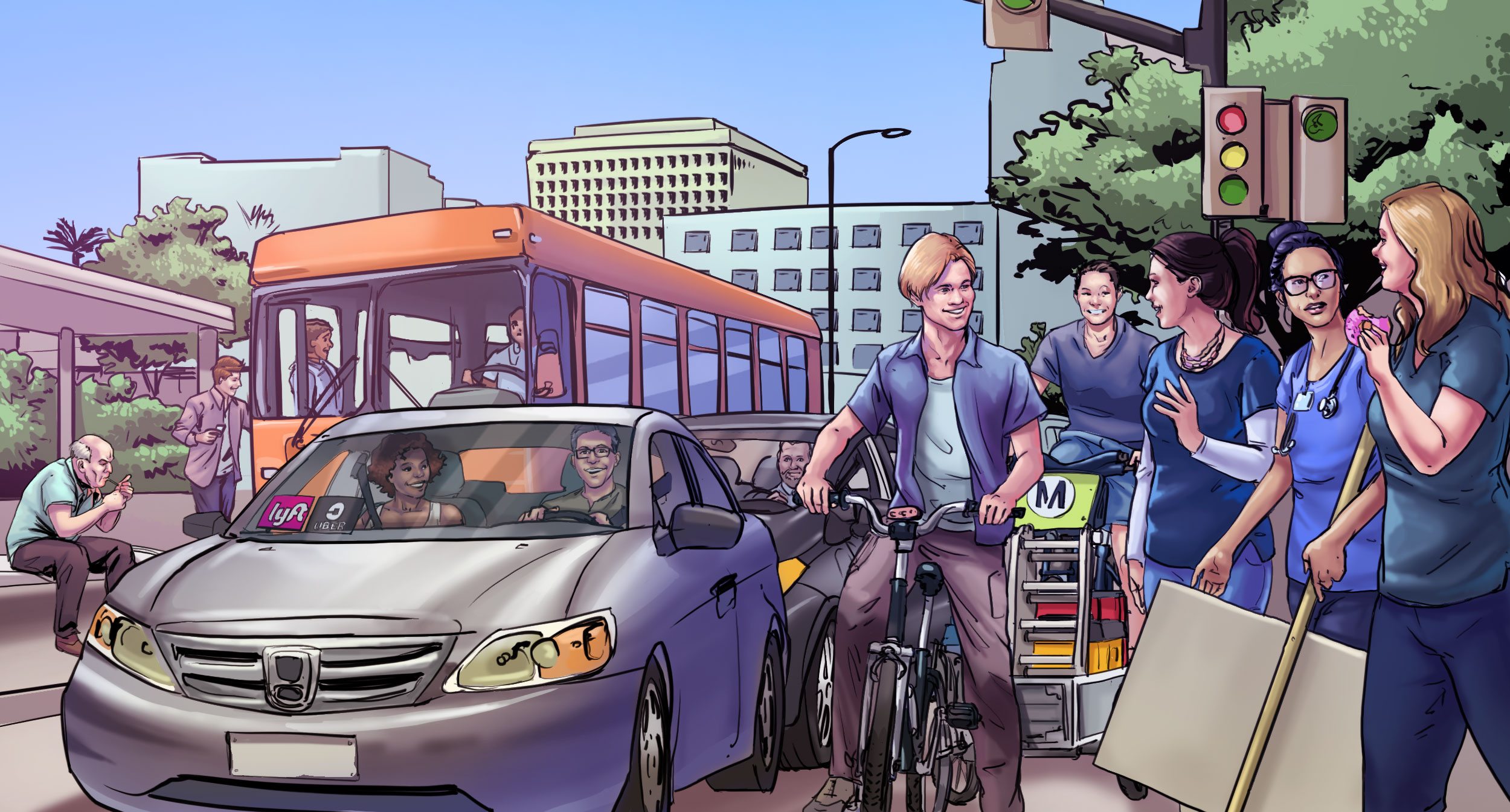How Storytelling Accelerates Climate Solutions
The impacts of climate change on human health are causing an immediate public health crisis. Developing a complex, coordinated web of stories with applied public health communication strategies can accelerate existing solutions to assist for mitigating and adapting to climate change. I’ve summarized three of these strategies, which combined, can help dramatically improve the rate at which we transition to a sustainable culture.

Agency (iterative goal setting) as a story structure provides cultural strategies for how to collaborate to solve complex social issues. Setting short- and long-term goals and periodically reevaluating your success, increases our sense of efficacy – which is important when we have a tremendous amout of work that needs to be done in a very short time. Cultural examples of solving both personal and collective challenges give people social models for how to succeed at their desired tasks, which vary by region. While there are trends that we can generalize, a great many of the challenges people will face will take local, specific problem-solving skills. Providing social skills as a set are generalized tools that are broadly applicable in many contexts.
Entertainment-education and Positive Deviance are two established health communication protocols for facilitating social change. Entertainment-Education is a fully integrated communication campaign that uses a narrative story (frequently broadcast via television or radio) as one piece of a larger communication strategy building audience engagement around important topics of public concern. Entertainment-education narratives are designed to deliver accurate information from reliable sources and model desired change.
Positive Deviance is a public health tool for identifying and amplifying ‘what is working.’ It’s based on the premise that every community has individuals or groups whose uncommon behaviors and strategies enable them to find better solutions to problems than their peers with the same resources and challenges. Focusing on what is working and amplifying it leads to sustainable organizational and community transformation. Positive outliers already exist within the climate communities who are succeeding at mitigation and adaptation activities, such as community choice aggregation for building local, renewable energy networks.

I wrote Rhythm and Glue to create an example of what a possible entertainment-education story could look like. The story demonstrates for a community transition from present day Los Angeles to a hypothetical, sustainable version of itself, within five years. The characters start with individual level changes and grow, gradually succeeding at municipal level changes. The examples are multifaceted, moving multiple behavioral goals at once. For example, while Season One focuses primarily on transitions to active transit, the story also simultaneously begins moving civic engagement, community building, and municipal scale public health goals forward through subplots.
Finding a creative balance between the urgency of our climate change situation and its solutions is nuanced. Comedy, especially positive humor, assists in managing the anxiety that accompanies the catastrophic outcomes from climate change. As a rough patterning guideline, I’m proposing that we experiment with a ratio of 5/6 comedy socially modeling solutions to 1/6 human health impacts. For example, within a fictional narrative I’d recommend that 5/6 of the story be funny or light in tone with a high density of characters participating in actions that match setting specific Drawdown solutions. The remaining 1/6 of the screen time would be the human health impacts, again specific to character and setting. On a different scale it could be also balanced by story genera by producing five comedy/solutions stories to every one that focuses strongly on human health impacts.

How we construct our stories is critically important for succeeding at climate change mitigation and adaptation. Combining existing public health strategies such as Entertainment-education and Positive Deviance and adding agency as a story structure, and a balance of comedy balanced with present day, community specific examples of human health impacts will accelerate our transition to global sustainable cultural norms. The real trick to succeeding at this will be in our combined ability to implement it at scale, fast enough. I’m proud and excited to be able to share this work. We are building collaborations now to implement this work. Please reach out, I look forward to learning how we can support each other in creating a robust network of interwoven stories to build a livable future together.

Emily Coren is a science communicator with a background in Ecology and Evolutionary Biology and Science Illustration, producing cultural stories to improve the rate of climate mitigation and adaptation. She’s interested in strategic planning for climate communication. Her goal is to increase the social efficacy by creating art that culturally normalizes climate solutions.
Reference:
Solutions Stories: An Innovative Strategy for Managing Negative Physical and Mental Health Impacts from Extreme Weather Events in Climate Change, Hazards and Adaptation Options by Springer Nature Switzerland AG 2020
Written by Emily Coren, a Science communication practitioner and Debra Safer
DATE
January 16, 2020AUTHOR
Emily CorenSHARE WITH YOUR NETWORK
RELATED POSTS
Future Earth Members Selected as Experts for IPCC Special Report on Cities
Sign the COP28 statement. The Science is Clear: We Need Net Zero Carbon Dioxide Emissions by 2050.
Unmasking our Carbon and Climate Futures